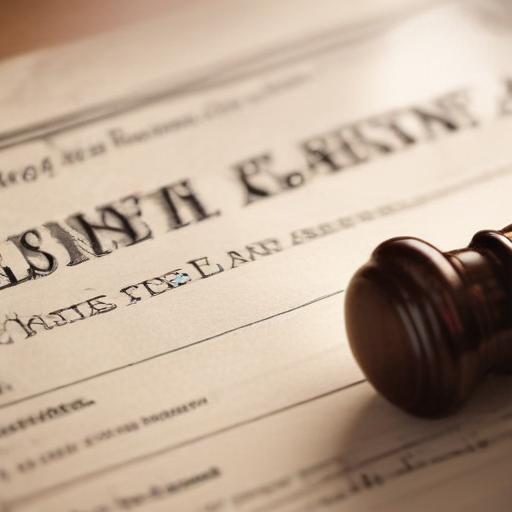The Trump administration has reached an agreement to pay nearly $5 million to settle a lawsuit filed by the family of Ashli Babbitt, who was fatally shot during the January 6 attack on the U.S. Capitol. This settlement addresses a larger $30 million claim presented by Babbitt’s estate in conjunction with the conservative group Judicial Watch, which accused the Capitol Police officer, Lt. Michael Byrd, of negligence in the incident.
The shooting occurred as Babbitt attempted to breach a broken window leading to the House Speaker’s lobby. Following the incident, the Justice Department conducted an investigation and determined in April 2021 that Lt. Byrd acted reasonably in self-defense and in defense of Congress members during the chaos of that day. According to the U.S. Capitol Police, Byrd’s actions were justified and in line with departmental policy, aimed at preventing rioters from accessing the House chamber where lawmakers and staff were present.
The settlement raises questions regarding any potential changes in the Justice Department’s official position on the shooting and whether it includes any admission of fault from Lt. Byrd or the Capitol Police, though no comments have been provided from the involved parties yet.
Capitol Police Chief Tom Manger expressed his disappointment with the decision, reiterating that previous investigations found no wrongdoing by police officers. He cautioned that the settlement might send a troubling message to law enforcement across the country, particularly for those tasked with protective duties.
Former President Trump has frequently referenced Babbitt’s death, framing it within his broader support for the Capitol rioters. He has previously criticized the consequences faced by those involved in the riots and characterized the investigations as unjust. In a recent interview, Trump described Babbitt as a “really good person” and indicated he would look into the ongoing lawsuit.
This settlement illustrates the complexities surrounding the events of January 6 and the differing perceptions of law enforcement and accountability in high-pressure situations. The discussions surrounding this case highlight ongoing national conversations about the actions of police during civil unrest and the repercussions for law enforcement in similar situations moving forward.
